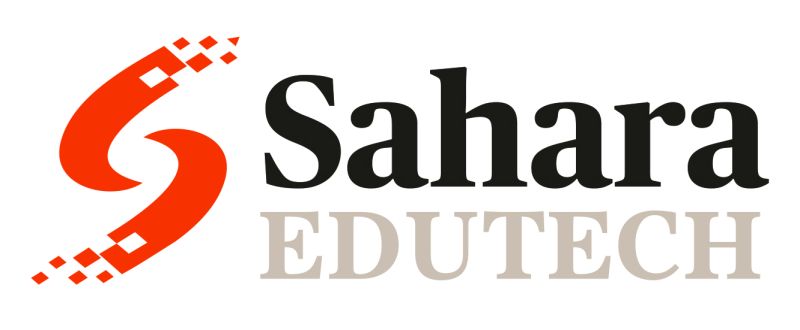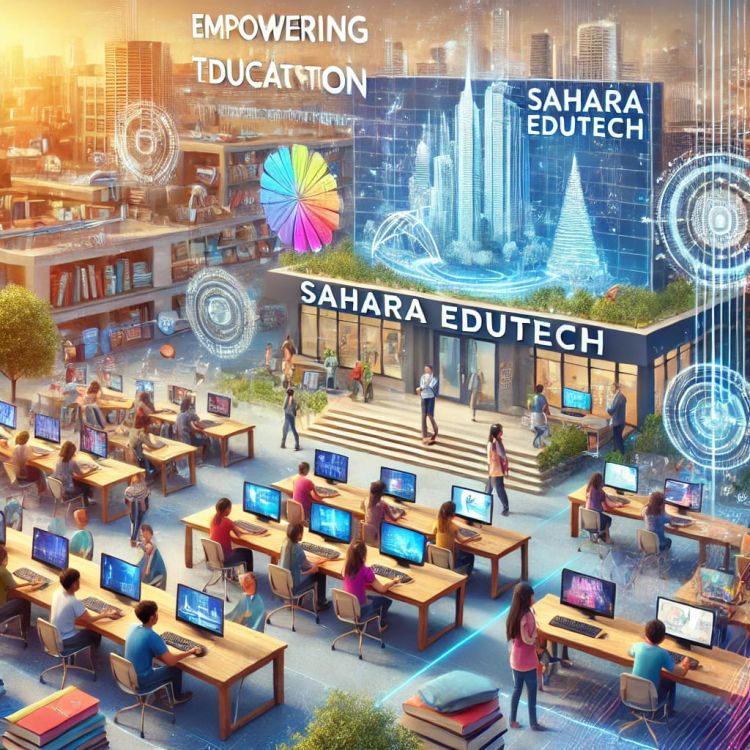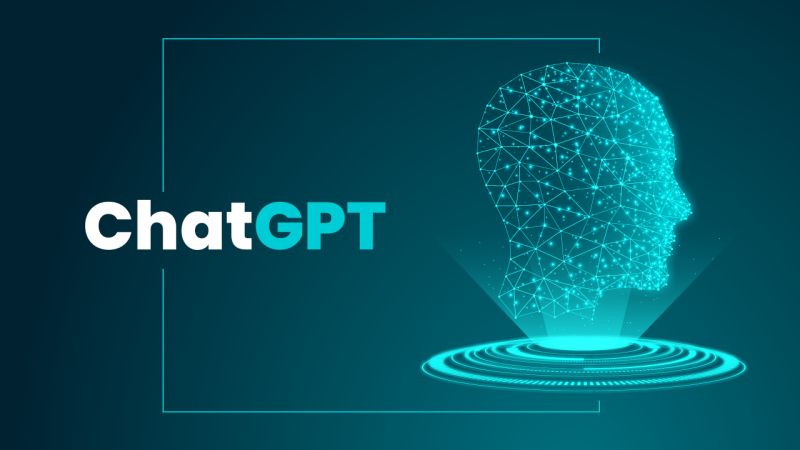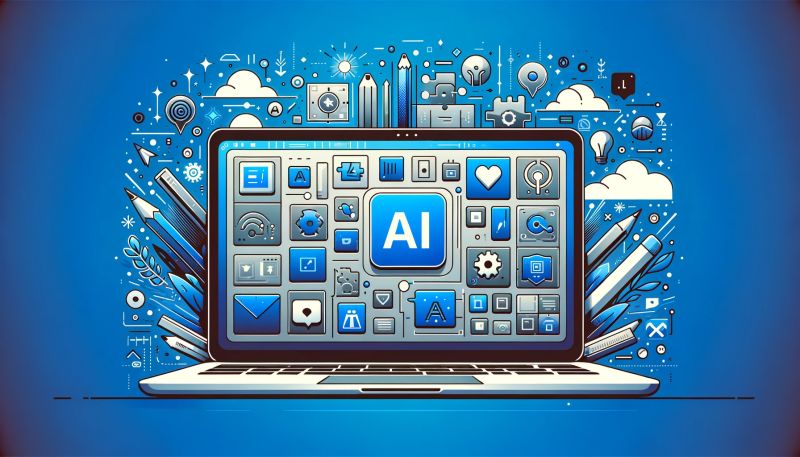Mastering the Art of Communication: A Key to Success
Communication is more than just words exchanged; it's the cornerstone of human interaction, shaping relationships, careers, and personal growth. Whether you're navigating professional environments, engaging socially, or pursuing personal development, honing your communication skills can significantly impact your success and fulfillment. Here’s a comprehensive guide to understanding and improving your communication prowess.
Understanding Communication
At its essence, communication involves both verbal and non-verbal elements. Verbal communication includes the words we speak, while non-verbal cues like body language, gestures, and tone of voice often convey more than words alone. Effective communication requires aligning these elements to ensure your message is clear, understood, and received as intended.
Key Components of Effective Communication
-
Clarity and Conciseness: Expressing thoughts clearly and succinctly prevents misunderstandings and keeps your message focused.
-
Active Listening: Listening isn’t just about hearing words but understanding their meaning and context. Engage actively by paraphrasing, asking questions, and showing empathy.
-
Non-Verbal Cues: Pay attention to body language, facial expressions, and tone of voice, as they often convey emotions and attitudes that complement or contradict spoken words.
-
Empathy and Emotional Intelligence: Understanding others' perspectives and emotions fosters trust and strengthens relationships. Emotional intelligence allows you to manage emotions effectively, enhancing communication outcomes.
-
Adaptability: Adjusting your communication style to suit different contexts, audiences, and cultural norms improves receptiveness and ensures messages resonate effectively.
Practical Steps to Enhance Communication Skills
-
Practice Mindful Communication: Before speaking, consider your message’s purpose and how it might be received. Mindfulness promotes clarity and reduces the likelihood of miscommunication.
-
Seek Feedback: Solicit feedback from peers, mentors, or trusted individuals to identify areas for improvement. Constructive criticism helps refine communication strategies.
-
Expand Vocabulary and Language Skills: Enhance your ability to articulate thoughts by reading widely, learning new words, and exploring different linguistic styles.
-
Participate in Workshops or Courses: Formal training in communication skills, such as public speaking or negotiation, provides techniques and confidence to communicate effectively in various settings.
-
Observe and Learn from Others: Pay attention to effective communicators and analyze their techniques. Model behaviors that resonate with your communication goals.
The Impact of Strong Communication Skills
Mastering effective communication opens doors to numerous benefits:
-
Career Advancement: Clear and persuasive communicators are often viewed as leaders and influencers within organizations.
-
Enhanced Relationships: Strong interpersonal communication fosters meaningful connections and promotes collaborative environments.
-
Personal Development: Improved self-expression and understanding of others contribute to personal growth and emotional well-being.
Conclusion
In today’s interconnected world, communication skills are indispensable assets. By cultivating clarity, empathy, and adaptability in your interactions, you can navigate professional challenges, build fulfilling relationships, and achieve personal success. Continuously refining these skills ensures you remain a confident and influential communicator in every aspect of life. Strengthening your communication abilities isn’t just about words—it’s about crafting meaningful connections that resonate and endure.
Embrace the journey of mastering communication, and watch as doors open, relationships flourish, and opportunities abound.
Read More










